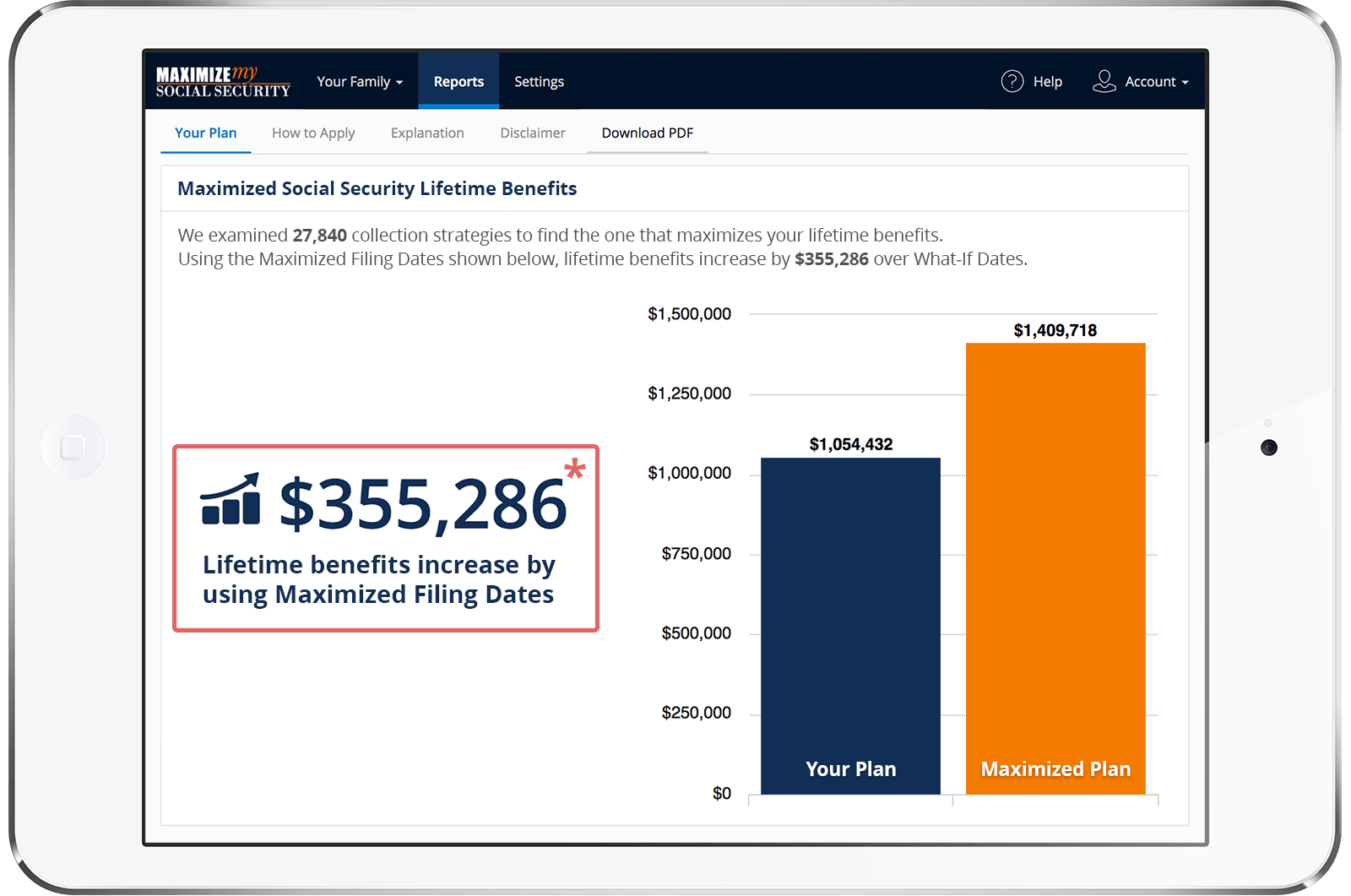Given that the high earning person waits until FRA to claim their benefits, with a known PIA. What PIA would the low earning spouse use to subtract from this PIA to calculate their excess spousal benefit if they are not at their FRA and have taken their own benefit early? I know it would be their PIA at FRA if they were at FRA.
Example: high earning is at FRA at 66 and low earning spouse is at 64. Low earning spouse claimed their own benefit at 62, but now wants to add the excess spousal benefit on at age 64. The excess spousal benefit would be ~42% of the higher earning, but would then have another subtraction due to having claimed their own benefit early. If they would be at their FRA, say 66, it would just be the difference of the FRA PIA's, but they are only 64.
Thanks for any replies!
Hi,
PIA stands for Primary Insurance Amount, which in the case of a living individual is essentially the benefit rate that they would receive if they wait until full retirement age (FRA) to claim their retirement benefits. In your example, here is how the calculations would work.
Say Mary has a full retirement age rate (PIA) of $800, but starts drawing her retirement benefits at age 62 at a reduced rate of $600. Mary's husband files for his benefits when Mary is age 64, and his PIA is $2000. Mary's unreduced spousal benefit would be calculated by subtracting her PIA of $800 from 50% of her husband's PIA, which would result in an unreduced spousal benefit of $200 in this case (i.e. $2000/2 - $800). Assuming that Mary files for her spousal benefit at age 64 or is forced to do so because of deeming, Mary's spousal benefit would be reduced by roughly 17%, although the exact percentage would depend on Mary's FRA and her precise age in her month of entitlement to the spousal benefit. Thus, in Mary's case her reduced spousal benefit would be $166 (i.e. $200 x .83), which would then be added to her own reduced retirement benefit to give her a combined rate of $766.
Best, Jerry
